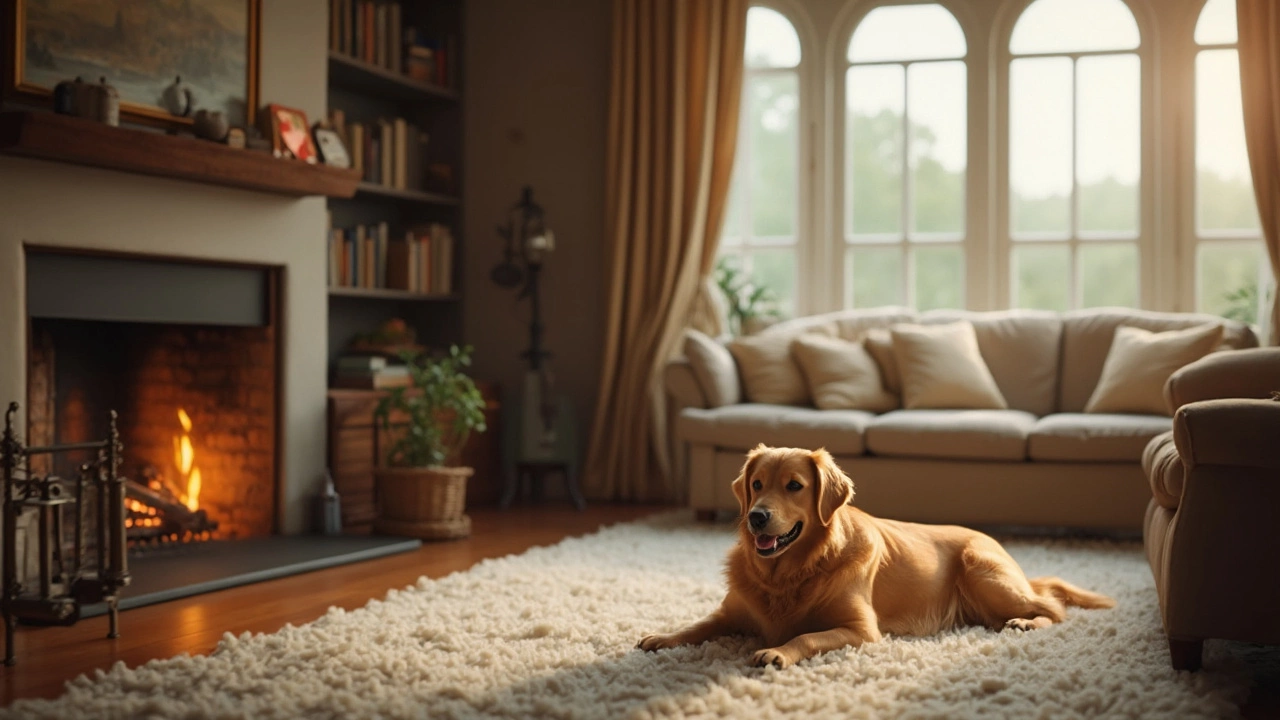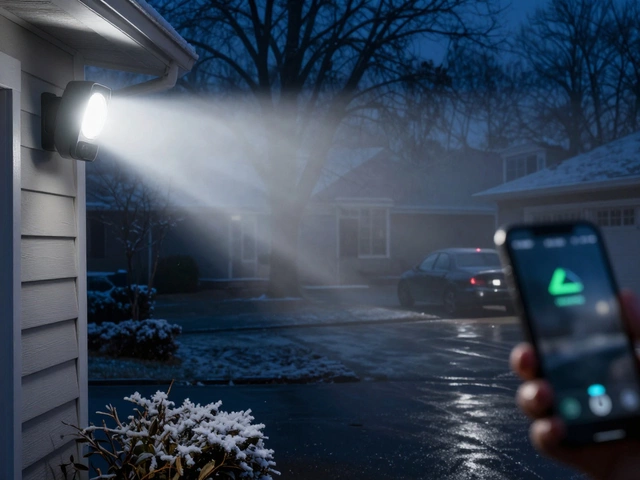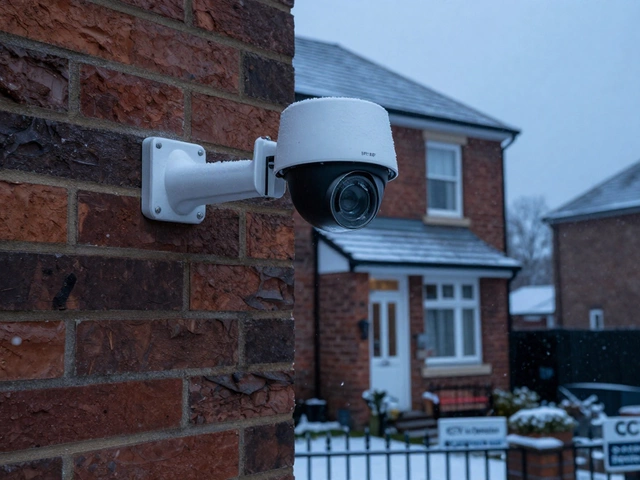Dog‑Friendly Alarm Systems: Protect Your Home Without Scaring Your Pets
Owning a dog is great, but a loud, flashing alarm can turn your furry friend into a nervous wreck. The good news is you don’t have to choose between safety and peace of mind for your pet. Modern alarm kits come with features that recognize pets, lower the noise level, and still give you solid protection. Below we break down what to look for and how to set it up right.
What Makes an Alarm Dog‑Friendly?
First, check the sensor type. Motion detectors that trigger on every movement are bad news for active dogs. Look for “pet‑immune” or “dual‑technology” sensors that ignore motion under a certain height—usually 12 inches—so a crawling pup won’t set them off. Some brands also use microwave and PIR combos, which are harder for small animals to trip.
Second, think about the alert sound. Traditional sirens scream at 100 dB and can cause anxiety. Many systems now offer a gentle chime or vibrating alert that still notifies you via your phone. If you must have an audible alarm, choose one with a lower decibel rating and a tone that’s less likely to startle dogs.
Third, consider smart‑mode options. A “pet mode” lets you pause the interior sensors while you’re home with the dog. The system stays armed on doors and windows, but interior motion stays quiet until you turn the mode off. This is perfect for days when you’re home all day or when the dog is in a gated area.
How to Set Up a Pet‑Safe Alarm in Your Home
Start with a layout plan. Place door and window contacts where they’re out of reach of paws—high on the frame or behind a trim. For motion sensors, mount them at the recommended height (usually above 6‑8 feet) and aim them away from high‑traffic pet zones.
Next, test the pet‑immune setting. Most brands let you simulate a pet’s movement to confirm the sensor ignores it. Walk your dog under the sensor’s field and watch the app; if you see a false alert, adjust the sensitivity or reposition the device.
Connect the system to a smart hub or app that lets you control pet mode from anywhere. When you’re leaving the house, enable the full arm and turn off pet mode. When you return, switch to pet mode before opening the door, so your dog can roam without triggering alarms.
Lastly, train your dog. Just like teaching a new trick, give your pet a cue when the alarm is active. A simple “stay” command while you arm the system helps reduce accidental trips. Over time, the dog learns the difference between normal sounds and a real emergency.
With the right sensors, softer alerts, and a smart pet mode, you can protect your home and keep your dog calm. The key is to pick a system that treats your pet as a part of your security plan, not a problem to work around.






